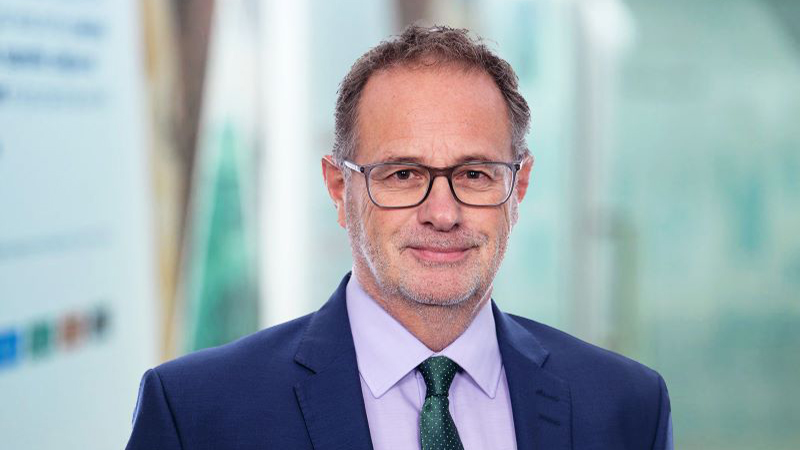In July, Premier Miton’s CIO Neil Birrell (pictured) raised a concern for short-term return prospects: complacency.
And to kick off the month of August, markets seemed to agree with him, as a sell-off of tech stocks caused the Dow Jones to dip by 2.6% and the S&P 500 by 3%.
The tumble on 5 August was largely attributed to a set of unpleasant employment data released in the US. But the bump in the road for the US, as the Federal Reserve attempts to balance inflation and interest rates, caused an intense reaction in markets. The response is something Birrell had foreseen as a possibility.
“You look across things like volatility in the equity market, the bull bear ratio, the short interest, or insider trading, and all of these things are just very benign,” Birrell said.
“In other words, everyone’s thinking everything’s okay, which it might be. But I think what it does mean is that anything that comes up that’s unexpected, or if disappointments come through, there is a susceptibility to downside risk in the short term.”
See also: Newton’s Bhavin Shah: What the new macro regime means for multi asset investors
While August’s reaction followed unemployment data, Birrell said there’s a range of possibilities in today’s macro conditions that could lead to a jittery market, including rate cut decisions, global conflict, and elections.
Birrell, who is lead manager of the Premier Miton Diversified fund range, said for his strategies, the investments themselves are the drivers of returns, but macroeconomic activity has been at the wheel for market reactions.
“It’s been the macro that’s been driving share prices for a long time now, since Covid and arguably since the financial crisis. Everyone got so excited about the big US tech and communications companies through Covid because they were providing the stability of earnings growth,” Birrell said.
Birrell said before this period, in the mid-2010s, this was driven by companies like Proctor & Gamble and Unilever, because they were able to show growth while markets were at a standstill.
“In a low-growth period, people crave growth and certainty,” Birrell said. “To me, ultimately, it should be company profitability that should be driving share prices, and that does come through at the end. I think we’re seeing real evidence of that happening now.”
See also: St. James’s Place hires Aviva Investors’ Andy Ford as responsible investment head
The environment of the past few years has steered Birrell towards bonds, which he says he now holds more of than his funds have seen in the near 11 years they’ve been running.
“Part of that was because up until inflation started going up, we did not like the risk-reward profile of the bond market for many, many years. At the height of Covid, bonds were yielding zero. There was $17trn of debt with negative yields around the world. The risk-reward to us was just wrong on bonds,” Birrell said.
Birrell was beginning his purchases for bonds in his multi asset funds from a starting point of, in some cases, zero. He began buying as interest rates and inflation rose, which he called “counter intuitive and strange”.
“Now, the risk reward ratio in bonds is so different. The returns you’re getting from the risk you’re taking in high quality corporates is really quite attractive. Building any multi asset portfolio or fund range at the moment with a selection of investment-grade bonds with little bits of higher yield, but nothing significant, you’re getting returns of 6.5% to 7%. It’s not a bad starting point for building a portfolio.”
Birrell now sees bonds as a key to his strategies, and expects it to remain this way. However, like any asset class, Birrell notes that the individual holding remains the deciding factor.
“To me, at the moment, asset allocation is more about which bit of which asset class you’re in, rather than the asset class itself. We’re dying in the world of active managers, so I’m bound to say that, but I think now more than ever, that’s the case.”










